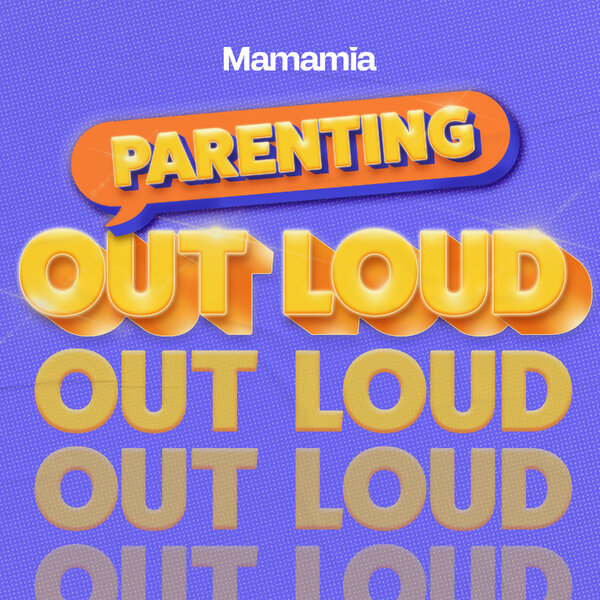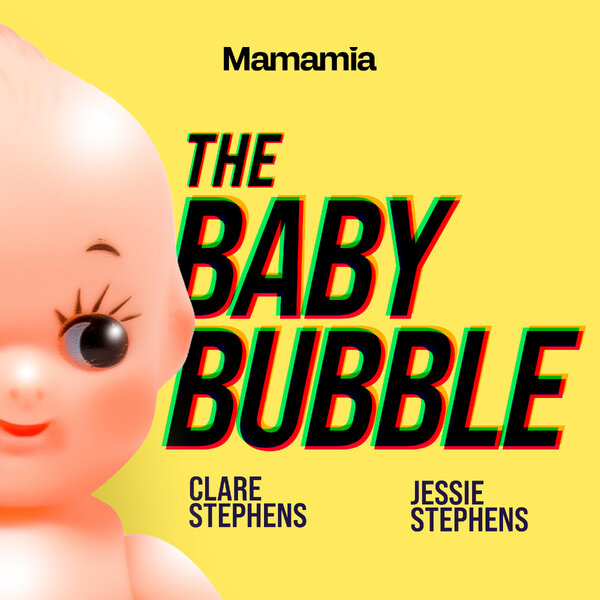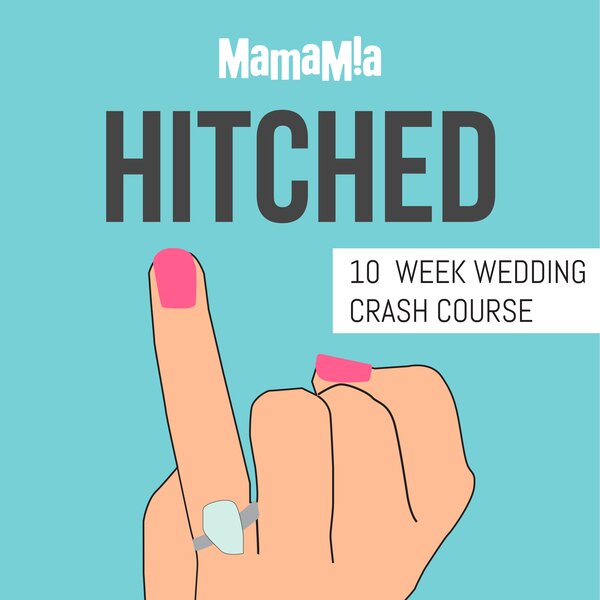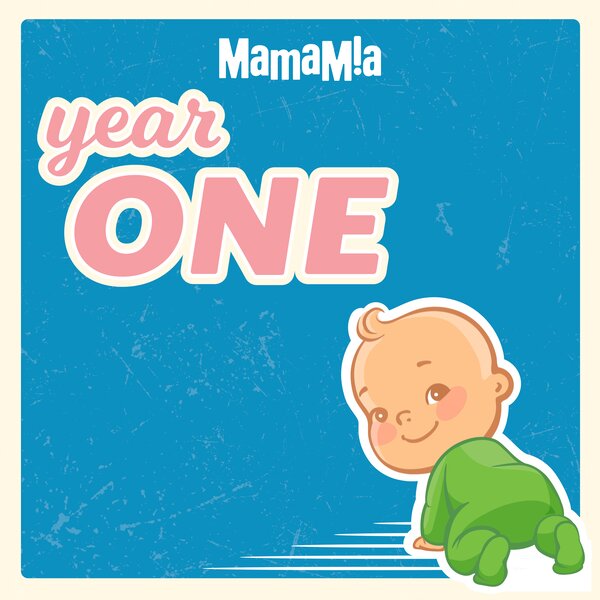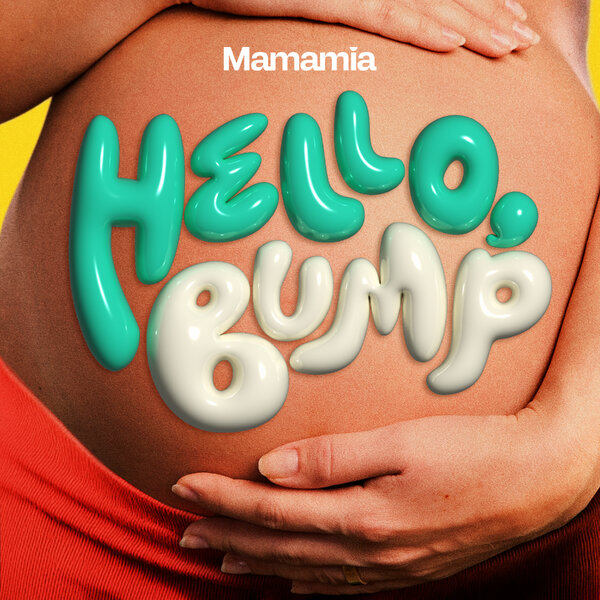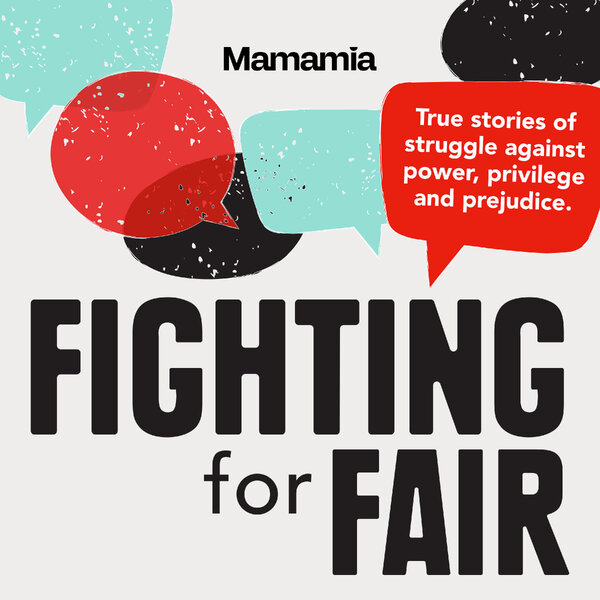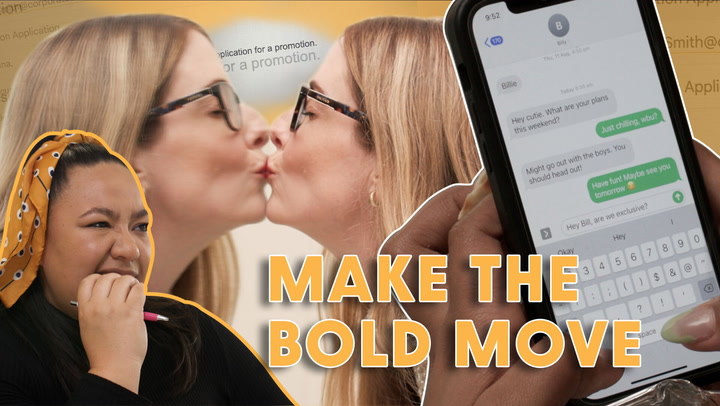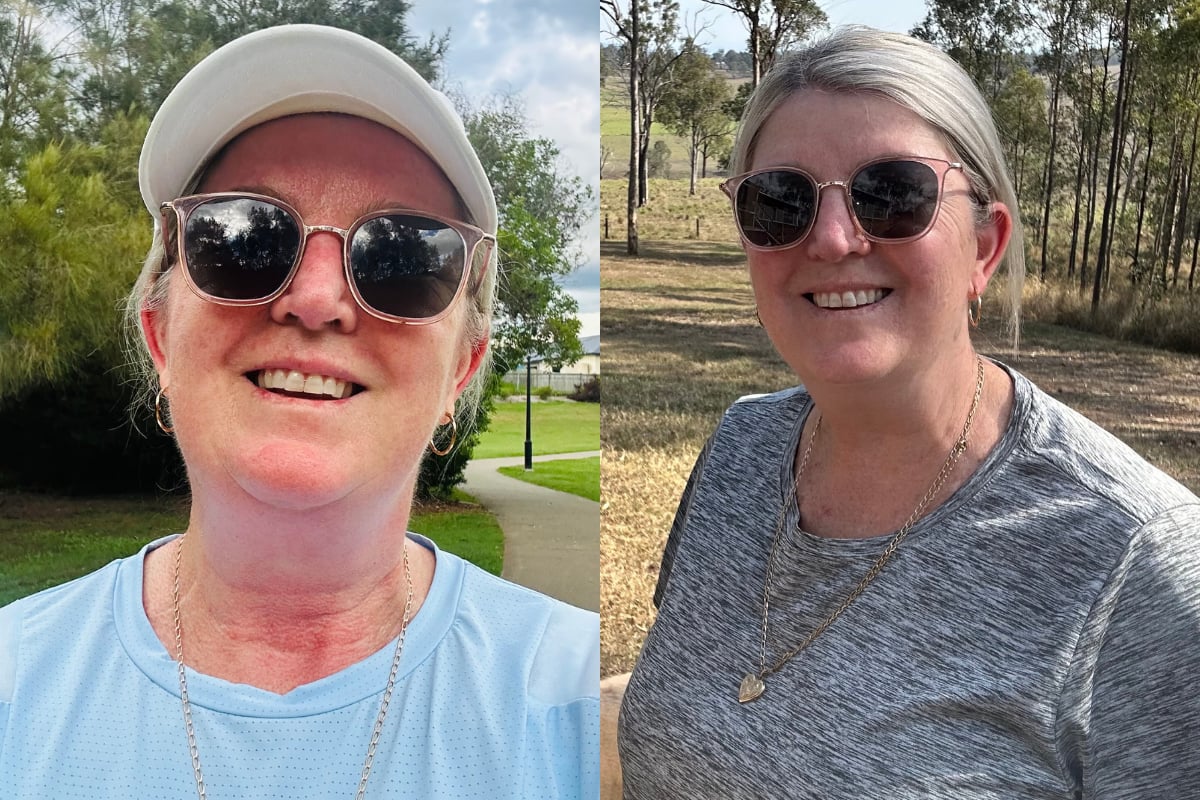
Sue loves to run. In fact, it's exactly what she was doing when she realised something was wrong.
"I started to get really sore legs," she told Mamamia.
It got so bad, Sue struggled to get to sleep.
"I would be awake until around two o'clock in the morning with really bad pain. I'd take Panadol, nothing would work, and I would just be sort of pacing the house."
Watch: Celine Dion reveals she has Stiff Person Syndrome. Post continues after video.
Thinking it was a temporary discomfort, Sue travelled overseas with her husband. But things only got worse.
"When I was waking up, my arms and my hands had pins and needles. I just thought I might have had a pinched nerve in my back."
With a six-week trip ahead of them, Sue didn't want to burden her husband, or have them cut the trip short out of concern. So she kept the pain to herself until they returned home, where she visited a doctor.
"I was forgetting a lot of stuff as well, and I was a bit worried about that," Sue said. "So when I saw her, we had an MRI done on my brain, and it showed some lesions."








